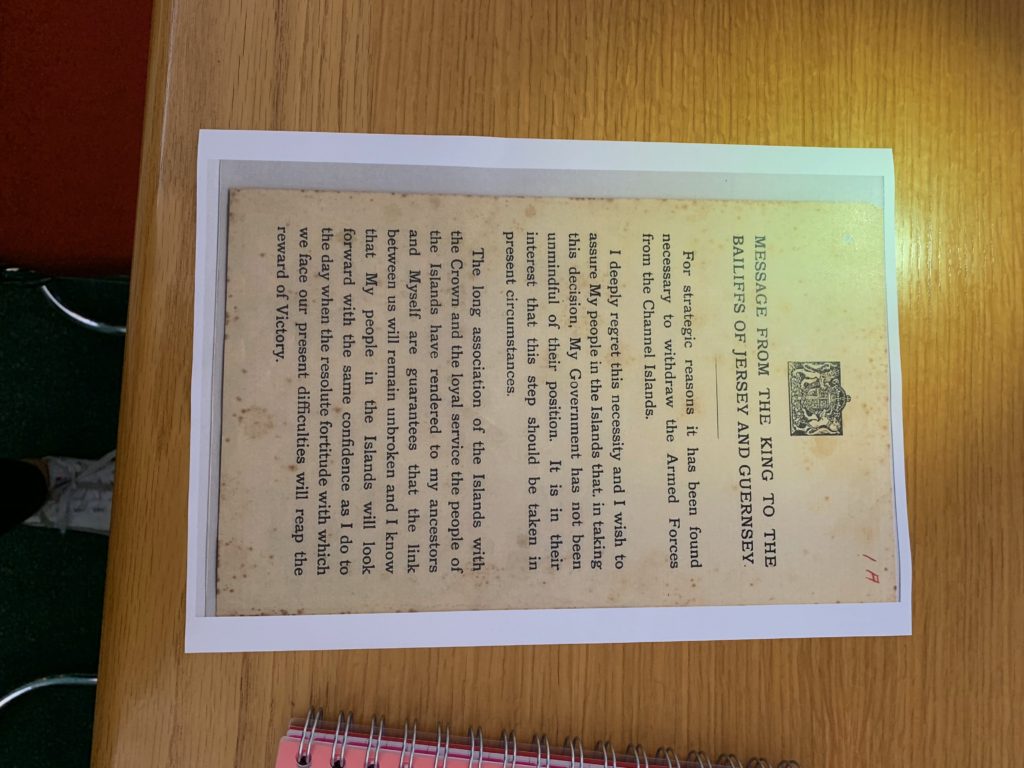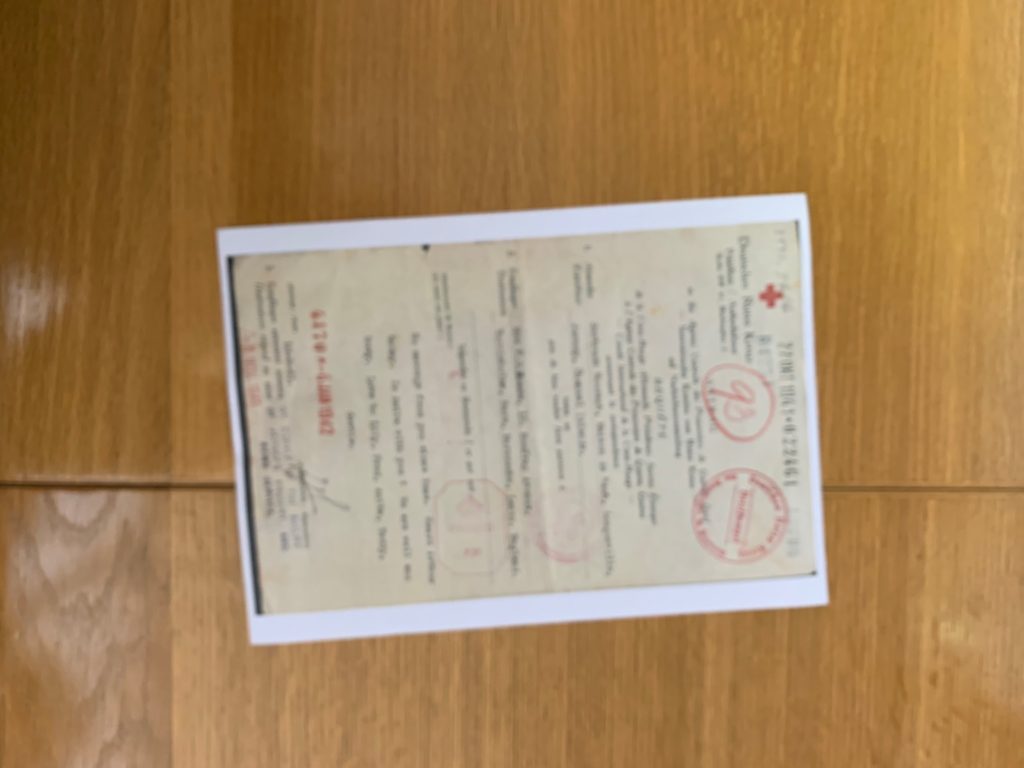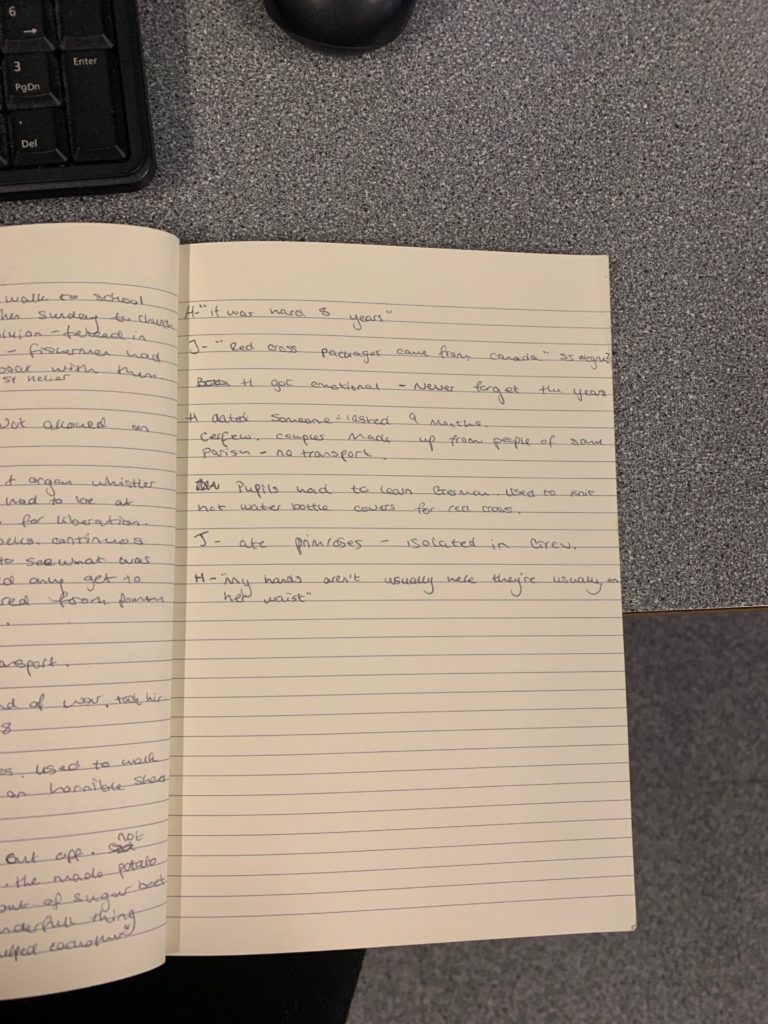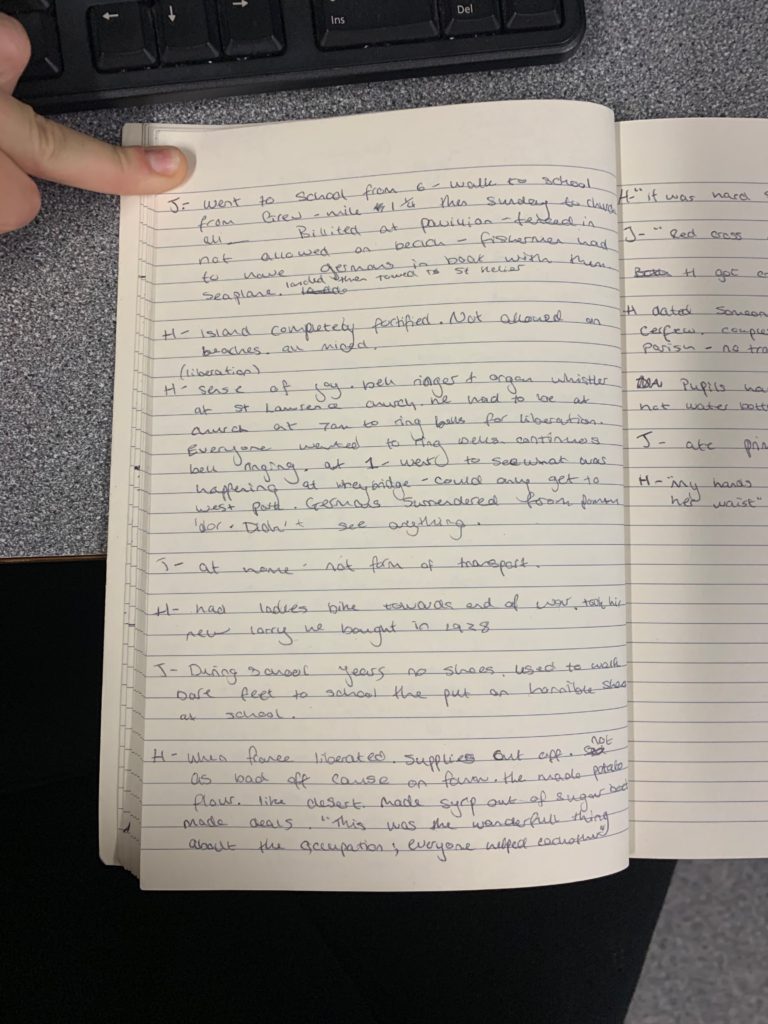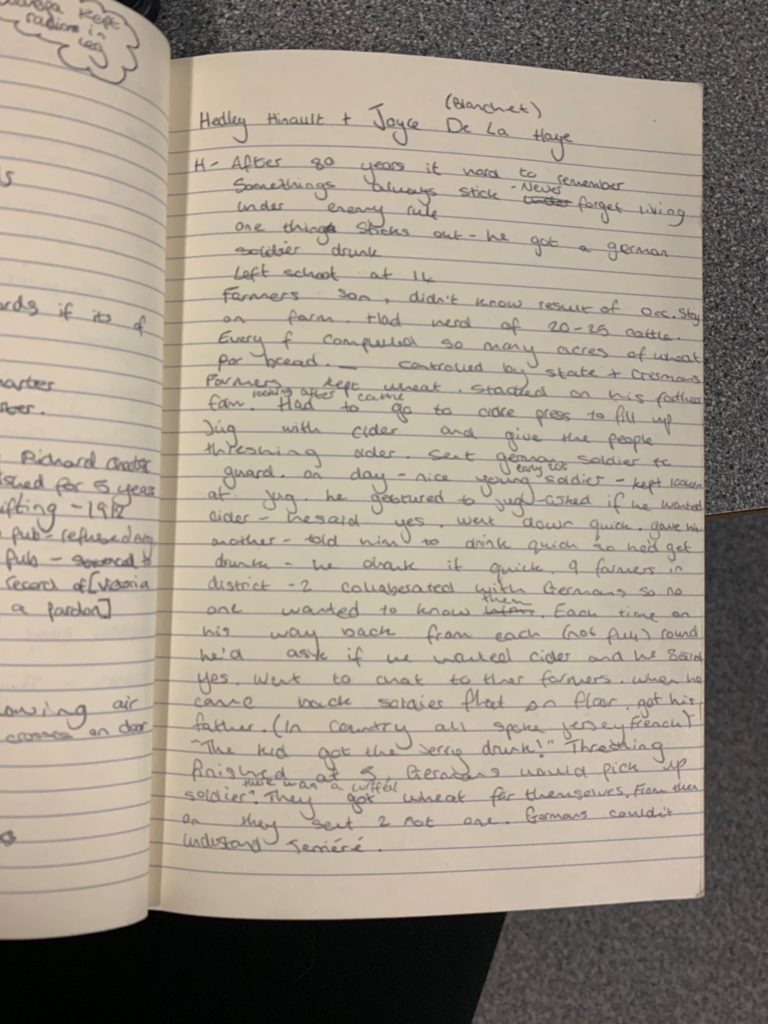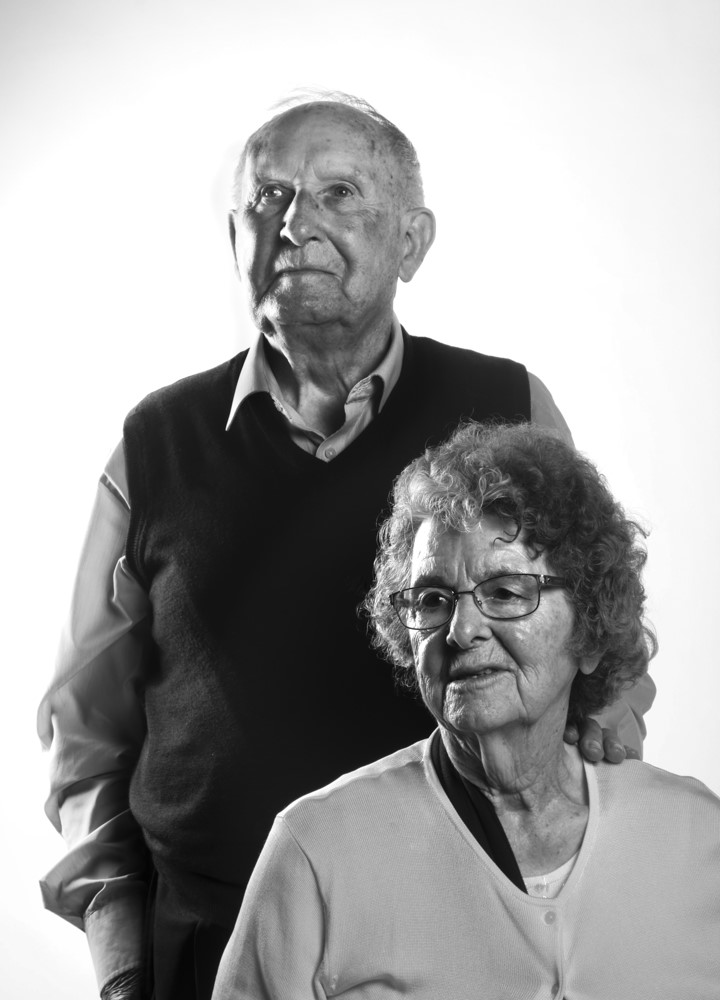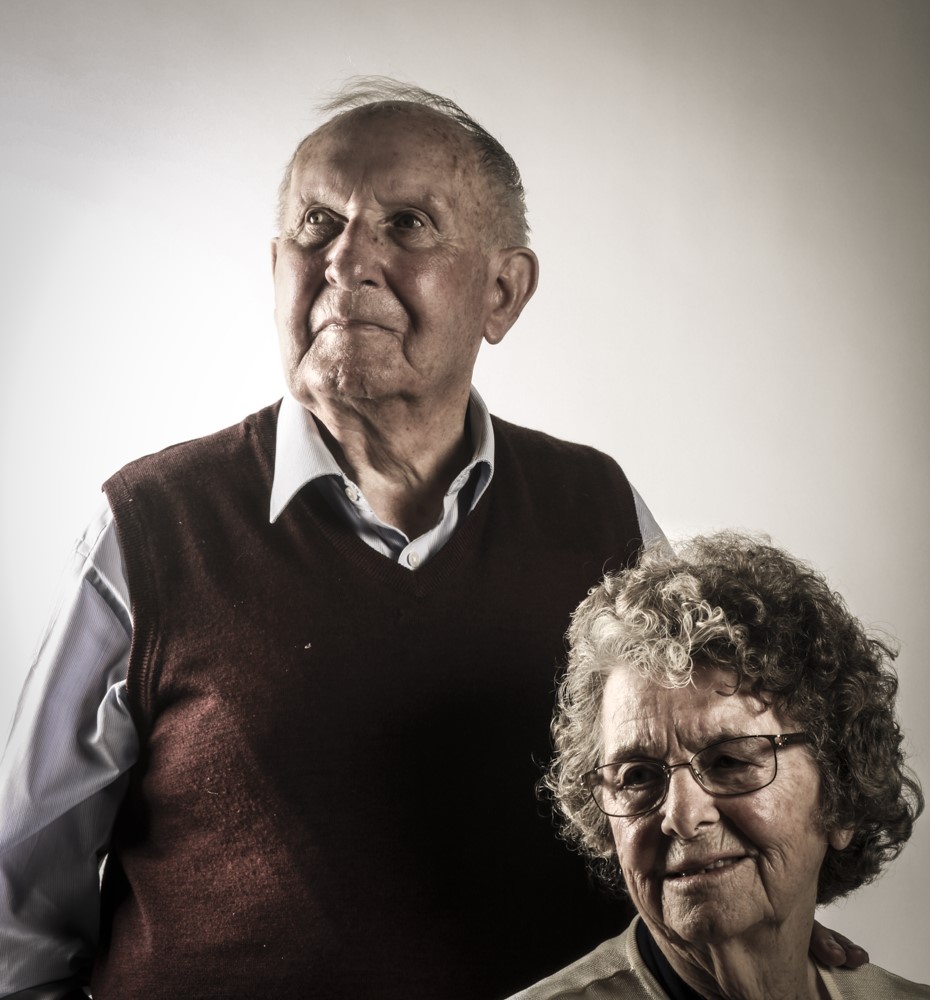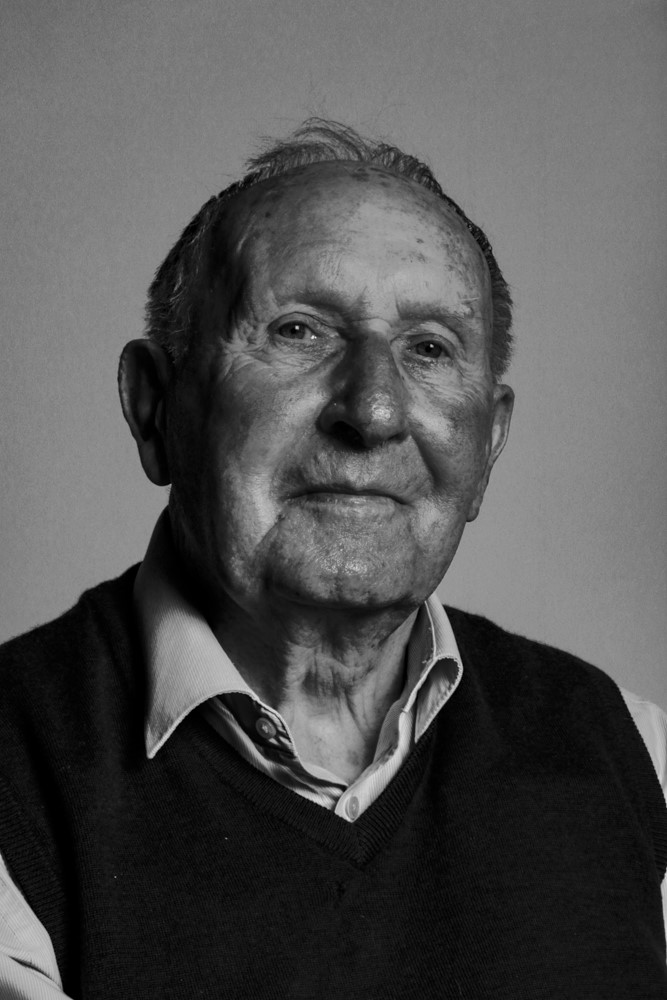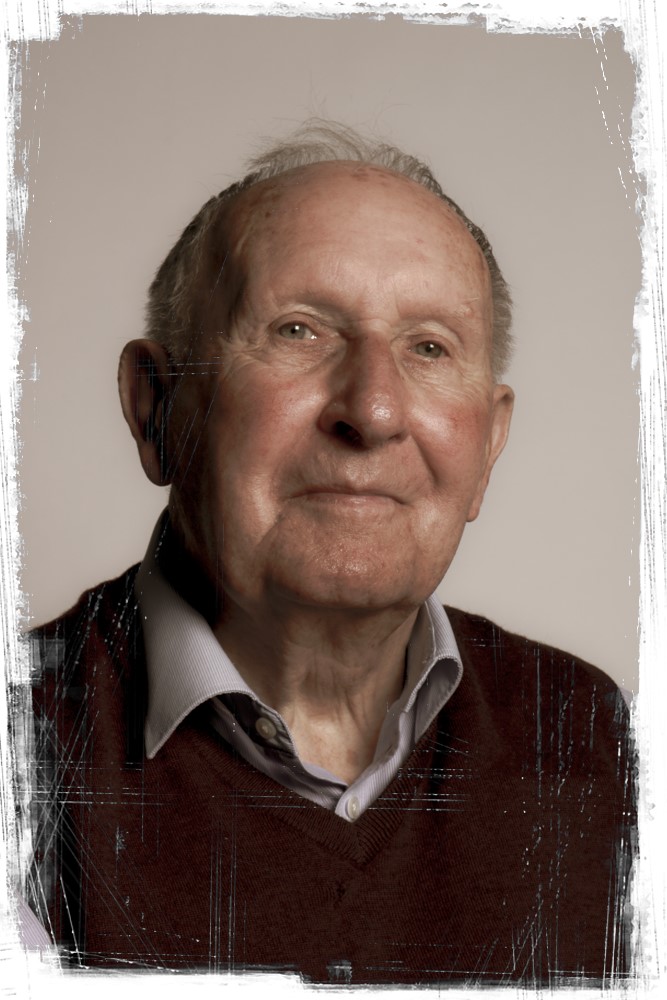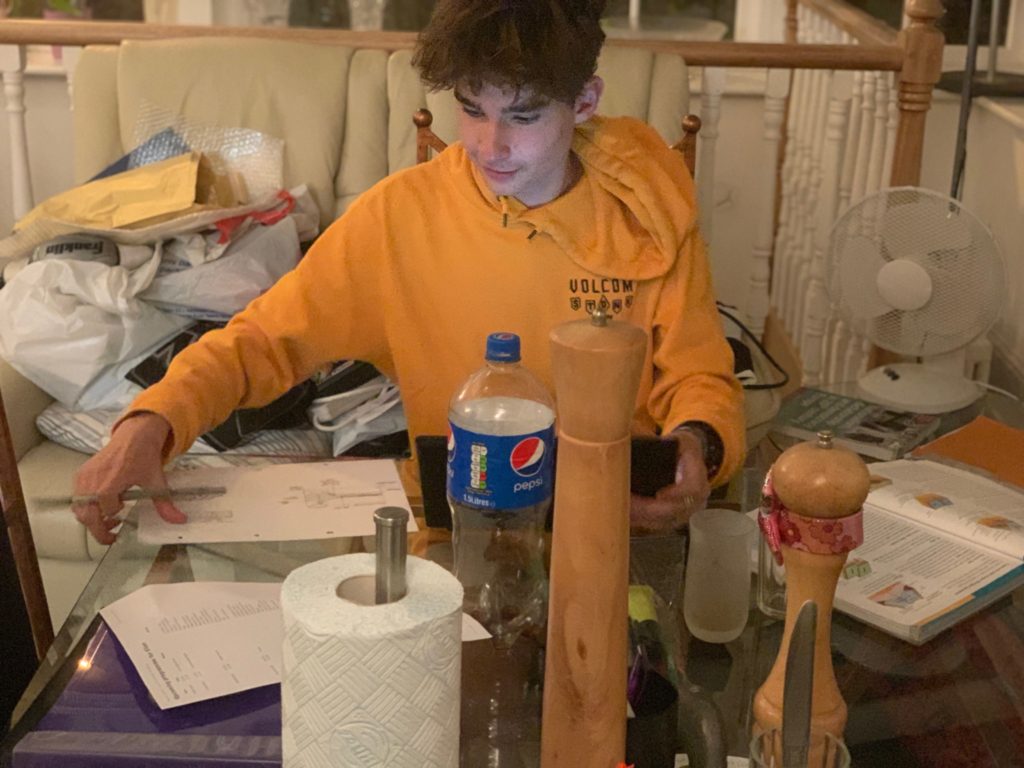All posts by Gabrielle B
Filters
Contemporary Still-life
Paulette Tavormina:
Paullette Tavormina lives in new York. she gets a lot of the flowers, fruit etc from the local farmers. Her photographs are said to resemble ‘old master’ painters. Her photography style is based on old Still Life paintings from the 17th century.
“I have long been drawn to the seventeenth century Old Master Still Life painters Giovanna Garzoni, Francisco de Zurbarán, and Adriaen Coorte. I am particularly fascinated by Zurbarán’s mysterious use of dramatic light, Garzoni’s masterful compositions and colour palette, and Coorte’s unique placements of objects.”
– Paulette Tavormina
I chose Paulette Tavormina as I love how it really does look like she has brought the old still life painting of the 17th century to life. I also like how she has captured elements such the smoke from the candle and the light on the bubble. She manages to bring the old symbolism of the period to contemporary photography.
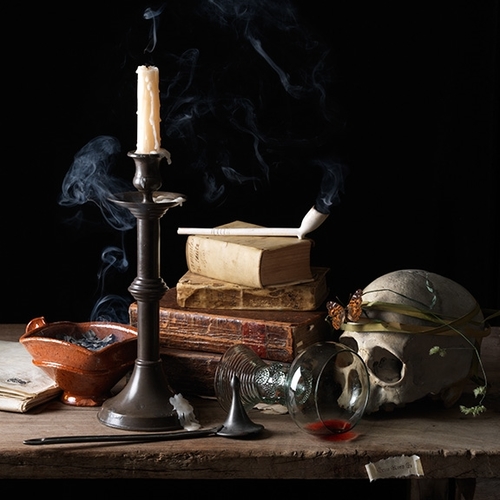
The background of this photo is completely black with out only focus on those object on the table. The eye is naturally drawn to light, therefore having the objects all in light, allows the viewer to be focused on what the photographer, in this case Paulette Tavormina, wanted the viewer to focus on. as it is the tallest object in the photo, the eye is immediately drawn to the candle and from there your eye is lead by the glass pointing at the skull, thus telling a story. The smoke also captures the light making the negative space around the objects more visually pleasing. The light is coming in at an angle form the side which creates dynamic shadows.
The skull is as an image is meant to signify death and act as a reminder of ones own mortality in old vanitas paintings. The snuffed out candle and pipe is also mean to signify life eventually being snuffed out. Also part of typical Vanitas and still life imagery. The over turned glass is there to represent the emptiness of life. The red wine might be referencing the blood of christ because in old still life paintings, grapes would represent this. Therefore the red wine may be the contemporary answer to this. The decaying flowers on the skull, along with the butterfly is to represent the inevitability of death within the beauty of life. The books within this photo show the artificial virtues of life and the pride in knowledge.
How would I respond to this?
I would think about how i could also incorporate things other than objects into my piece to make it stand out and have some contrast e.g smoke, reflections. I like how Paulette Tavormina angles the light and I would also use that as it matches with my preferred style of photography.
Emile F. Guiton and Autochromes
Emile Guiton was born in Jersey in 1879. He was part of La Société Jersiaise and was part of the executive committee there as he had a keen interest in History. Guiton had a fascination with the past and he had a particular interest in the design of Jersey houses over the centuries, in particular, the different styles of arches to be found in the island. Guiton was a keen amateur photographer and practised throughout his life. He experimented with colour at the beginning of the twentieth century in “Autochromes”. He would photograph archaeological excavations and he was one of the few people in Jersey permitted to take photographs during the German Occupation of 1940 – 1945. He recognised very early on the importance of collecting photographs and donated many images to the Société Jersiaise when he died in 1972.
Emilie’s work:
Autochromes
Autochromes ( or Autochrome Lumière) is an early color photography process patented in 1903 by the Lumière brothers in France and first marketed in 1907. The process consists of a glass plate coated on one side with a random pattern of microscopic grains of potato starch dyed red/orange, green, and blue/violet with the grains of starch acting as colour filters and a black-and-white panchromatic silver halide emulsion is put on top. The autochrome was put into the camera with the glass side that wasn’t covered in the potato starch and emulsion was facing the lens so that the light passed through the filter layer before reaching the emulsion. Because of the light loss due to all the filtering, autochrome photographs required a much longer exposure. This mean the photographer had to use a tripod and that photographing moving subjects wasn’t practical.
Analysis: Still Life painting

This is a painting by a 17th Century Dutch painter named Willem Claeszoon Heda. This painting features a lot of symbolism in the objects used within the painting and is a clear representation of a ‘Vanitas’ still life painting whihc was incredibly popular in the mid 17th century wiht ‘vanitas’ being Latin for ‘vanity’. It was the only religious art approved in the netherlands.
Willem Claeszoon Heda, has put the white paper in the middle of the painting as our eye is immediately drawn to the brightest part of the painting/photograph. From there, the pipe leads out eye towards the rotten fruit, whereas the glass takes our attention to the skull. What I assume to be an empty candle holder is placed the highest in the painting, therefore it must carry the most amount of meaning. The light is painted as coming from the side, directly shining onto the skull and creating many eerie shadows, reflecting the many death motifs.
Heda incorporates a lot of skulls, which was a key component of a vanitas painting. The skulls were meant to serve as a reminder of ones mortality and came about around 1620 in The Netherlands after 2 outbreaks of bubonic plague. They were meant to serve as a remider of the inevitability of death. The overturned glass in this painting is a symbol of the emptiness of life and the candle holder reminds the viewer that life is eventually snuffed out and we dont live forever. The pipes represent earthly pleaures and the rotting fruit symbolises the futility of trying to live without God and was also another reminder of mortality.
Historical Context: Still Life
“A still life (also known as nature morte or
Stilleven ) painting is a piece that features an arrangement of inanimate objects as its subject.'”
https://mymodernmet.com/what-is-still-life-painting-definition/
When the Dutch republic was created it gave everyone a great sense on national identity which people were extremely proud of. With this pride and the flourishing economy, people started collecting and thus still life portraits became extremely popular with people wanting to show off how wealthy they were or how many interesting artifacts they’d collated from various exotic places. With trade becoming popular with far away and exotic places, 17th century artists couldn’t help but focus highly on these artifacts and adopted a “close scrutiny of the natural world.”. Along with their fixation of capturing light, this created the basis on which the genre of still life was to be built. By the mid-century, still life was common practice and eventually split into its own different categories, with the earliest example being at the beginning of the 1600’s and were the flower paintings inspired by ‘tulip-mania, then followed by flowers with fruit then breakfast pieces.
Examples:
Evaluation of Occupation Survivor photoshoot
My favourite image:

I like this image as i like the way the light is coming in at the side and creates a chiaroscuro effect on the side of his face, but the eye is still seen. I feel the flash really captures his facial features which I amplified and adds more feeling behind the image. the light creates interesting shadows and allows greater texture to see seen. I like the direct eye contact that I captured from Hedley, it makes the photograph seem more personal. Hedley is also relaxed in this image which makes it seem less formal. I cropped the image to frame medley better and not have so much negative space. I chose to out the image in black and white because I thought it would compliment the lights and darks in the photos and accentuate it.
What would I do differently?
If I ever got this opportunity again, I would probably change the angle in which I would photograph my subject, and maybe get them to pose in different ways. I may also experiment more with various light sources and angles. Overall however, I am happy with my outcomes and the way I went about the shoot.
Hedley Hinault and Joyce De La Haye (née Blanchet)
who are occupaton survivors?….
Two survivors of the occupation, Hedley Hinault and Joyce De La Haye, came in and shared their stories with us. Joyce was only a young child going to school so she told us about that, while Hedley was a teenager working on a farm and told us about the time he got a German soldier drunk. Joyce was rather shy at first, but gradually got more comfortable and I managed to chat to her one-to-one over tea and biscuits. Hedley however was rather confident and also very cheeky as he said whilst we were taking photos “my hands arent usually here, they’re usually on her wasit” .
These are my notes I made whilst they were talking:
My Images: 3 B&W, 3 Creative, 3 Colour
Family History
Whilst at the Jersey archives, I decided to look up my families name. I ended up finding a lot of information about my family, including that my paternal Grandfather actually changed our name during the war to what it is now. I also found many occupation cards from various members of my family, and discovered that one of my relatives was adopted and his original name. Below are some photos of these documents:
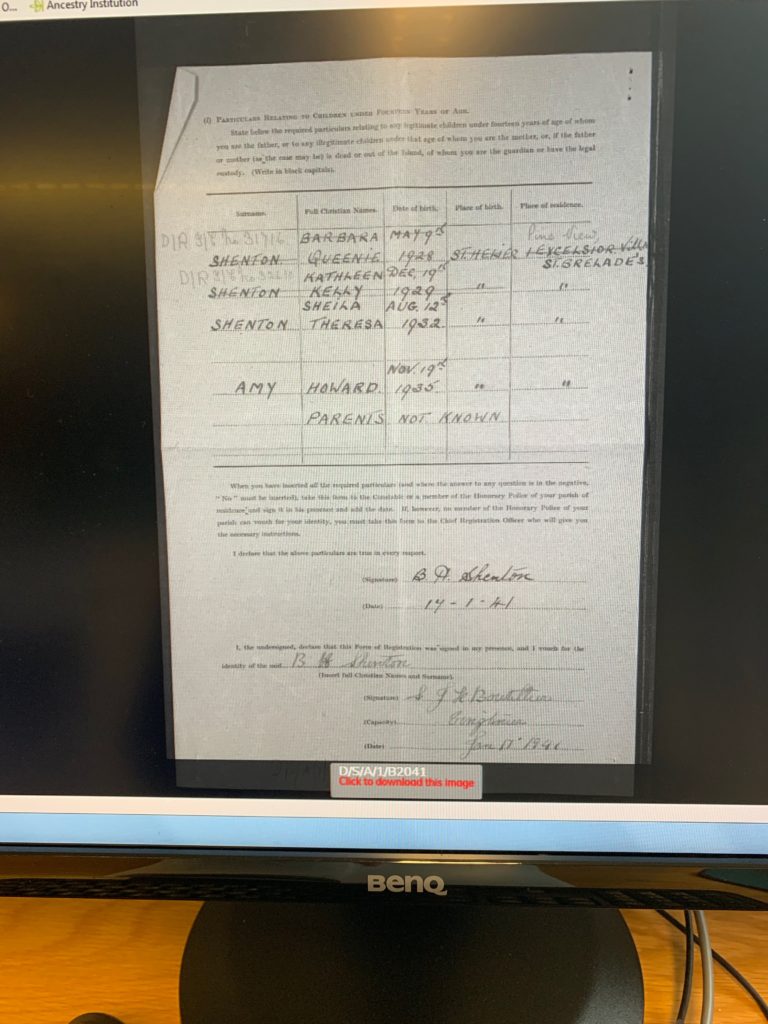
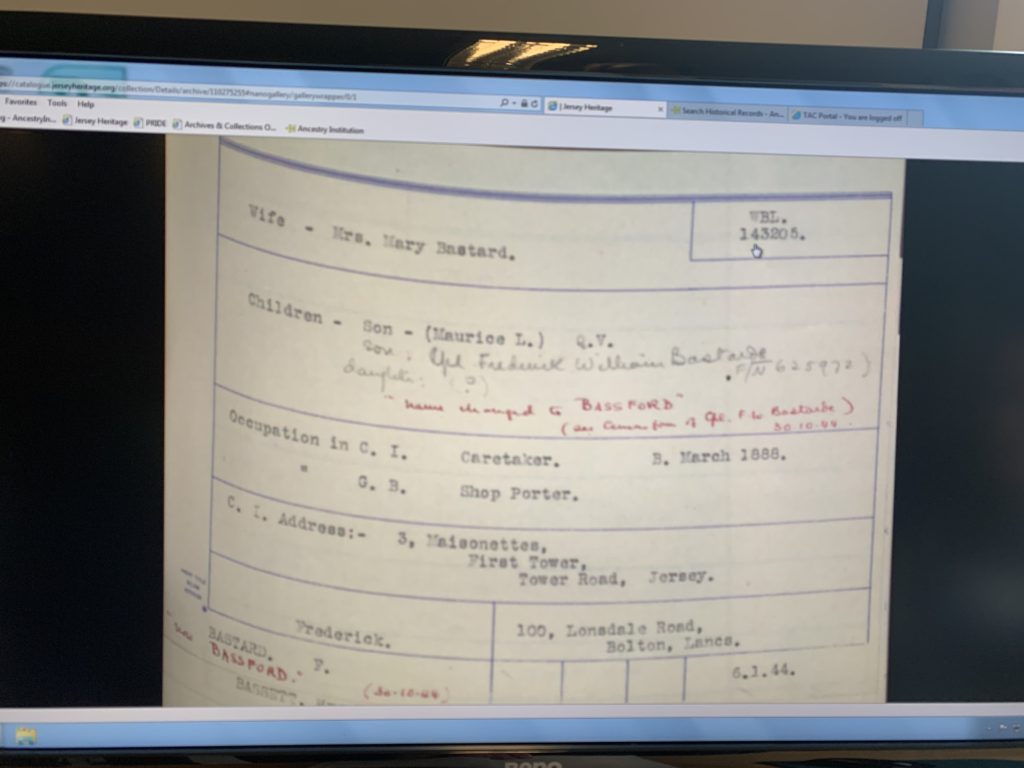
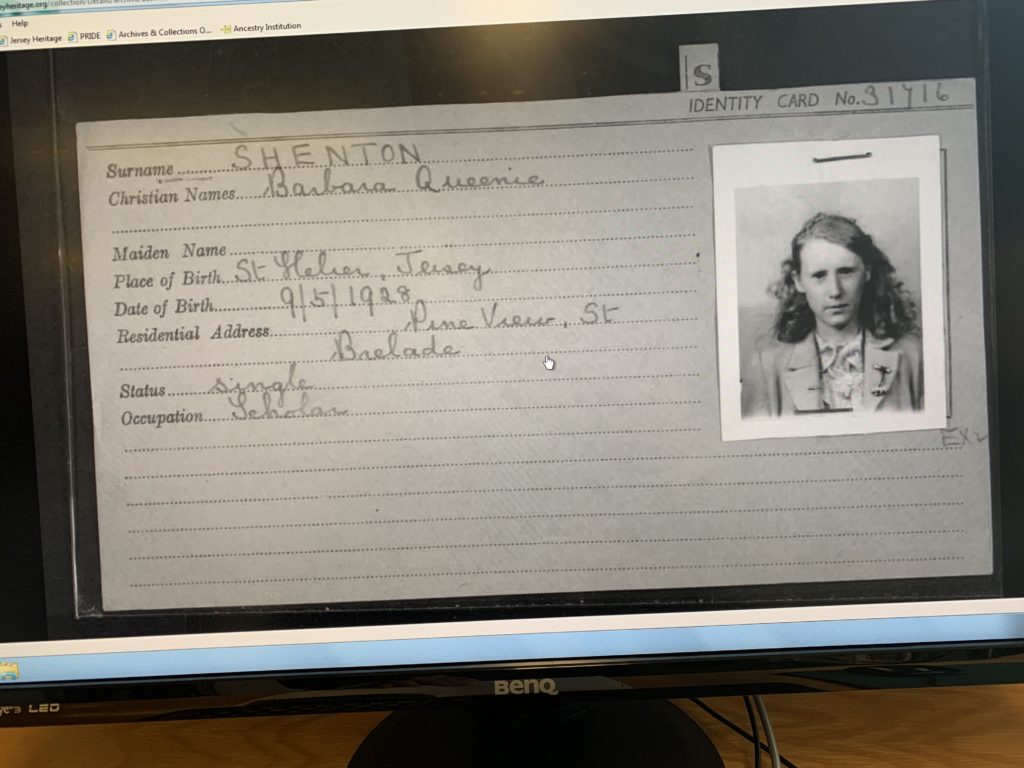
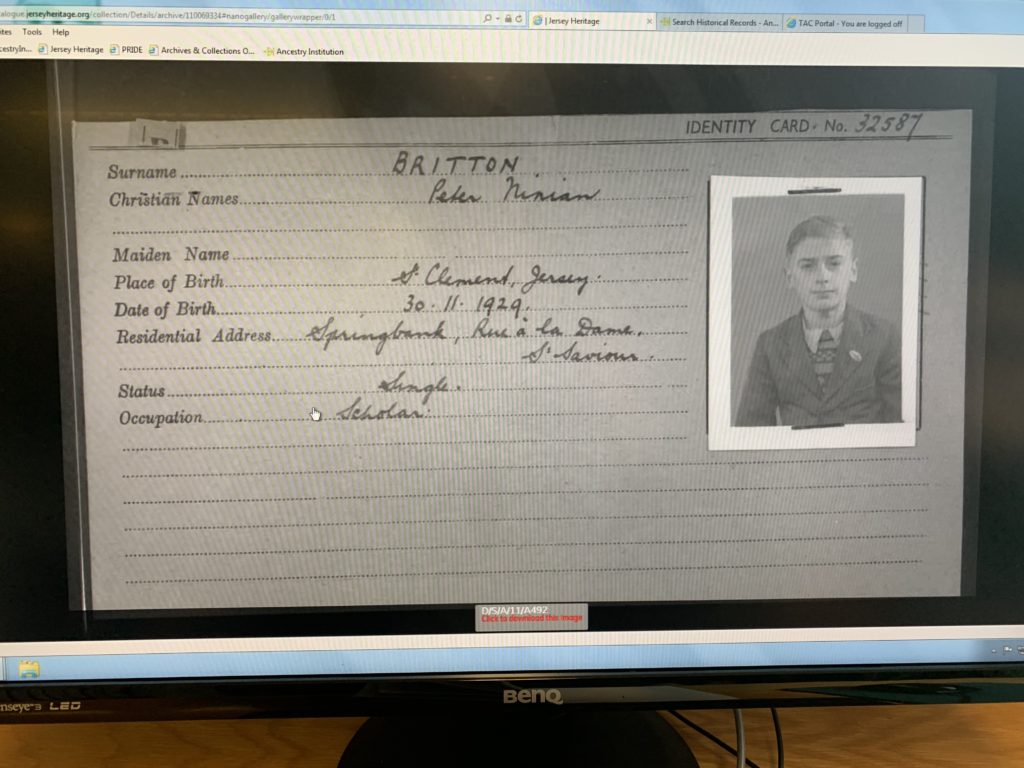
Home Sweet Home (personal investigation)
CANDID PORTRAIT: An informal portrait that presents a ‘natural’ look and capturing a moment, seemingly without artifice.
- LOCATION: I decided to go someone elses house to take photos of their family as it was a more interesting environment and id be able to get better quality content in my images.
- MODEL: I used my boyfriends family as there is more of them than my own and they were more available. it was interesting to get images to their family dynamic.
- POSING: Since these were candid photos, i tried my best to get them to act as natural and normal as possible. trying to get different angles was also hard whilst trying to be subtle.
- EDITING: These ended up being my favourite images out of all the ones I took. I felt like they truly reflected the nature of a candid photograph.
- EXPERIMENTING: I played around with various photos and editing them by moving the sliders to see which combinations i preferred. i wanted to go for an amateur look similar to Richard Billingham, with very contrasted images.
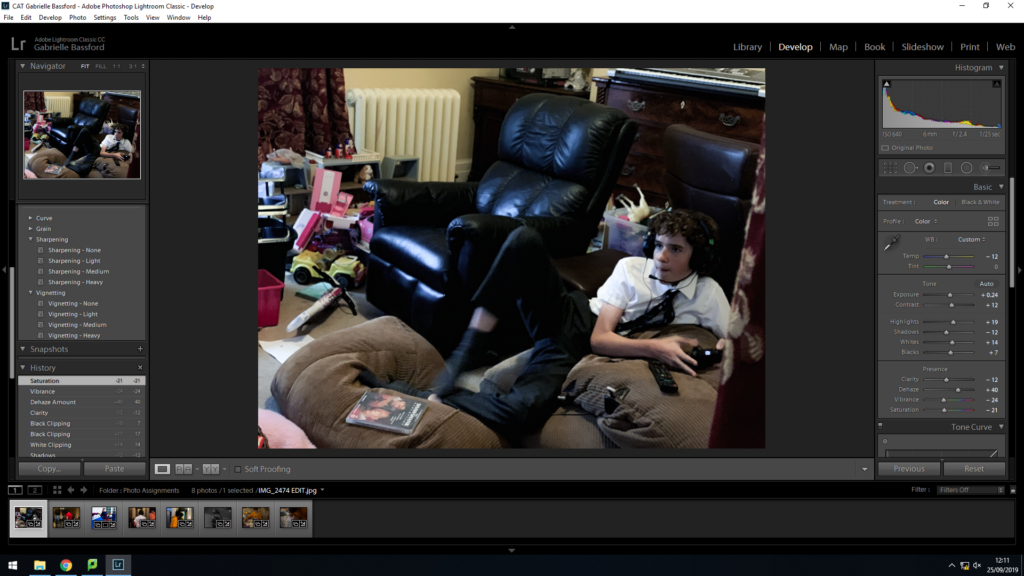
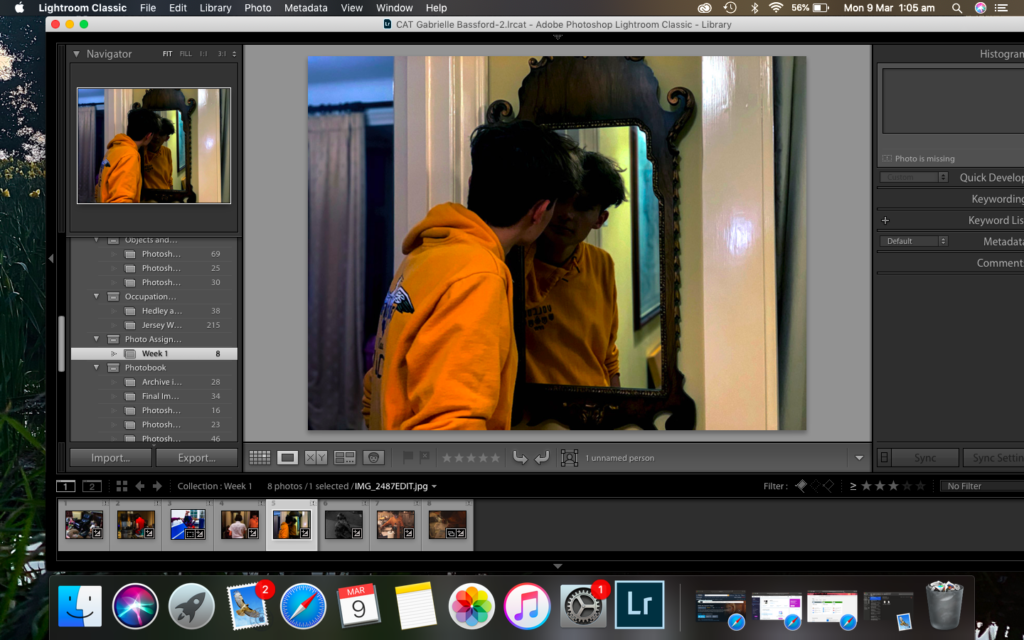
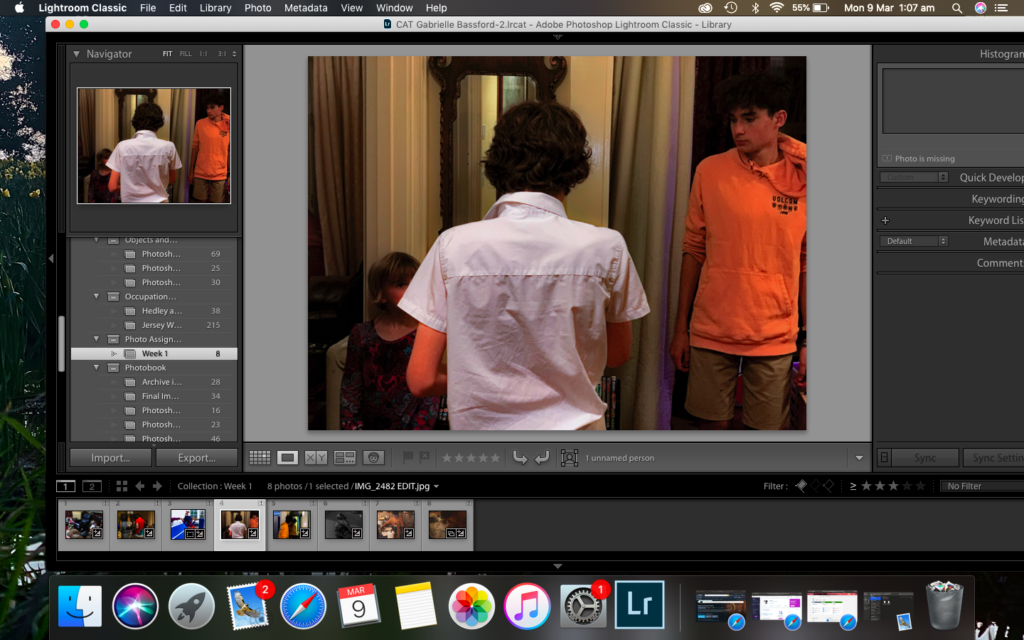
Archive Visit
When we first went in we met Stuart Nicole, a senior archivist the had been working at the Jersey archives for around 20 years. He gave us a talk all about the various different things that were stored at the archive including: personal and private family records, death and marriage certificates, church records, club records, place records and government records. There are government records such as a King James I charter and a King Charles II charter.
Stuart told us about a law that had been passed called the ‘Public Records Law’ which means that the archives are allowed certain certificates and records if they are believed to be of historical or national interest. Their earliest record is from 1378, roughly 641 years old which is a charter from King Richard II. Stuart then went on to tell us various stories such as one about a prison record of a 13 year old French boy in 1912 who was banished from Jersey with his family because he was caught shoplifting, as well as one about a man in 1846 named Thomas Nicole who, when denied entry, shot the pub up and the record is relating to him having a signed pardon by Queen Victoria as he had been sentenced to death.
In relation to out investigation into WWI, we then were told of how the war cabinets decision to demilitarize the channel islands was written on the back of a envelope as well as the declarations that the islanders should surrender to the German forces. We got to see various copies of registration cards as well as various letters after the liberation to family members abroad as previously to that,we saw and were told, that on the red cross letters, you were only allowed to write 25 words. There were also old German letters that had been stolen to loved one which was emotional to read.
After that he took us us into the store rooms. Films and photos kept at 5 degrees Celsius. If bugs are found on any of the items, they must be frozen for 2 weeks. There are 3 rooms with the green room being the store for larger objects such as maps and old charters and the red room for being everything else. The final room is for the film and photos. They’re all kept in boxes.

